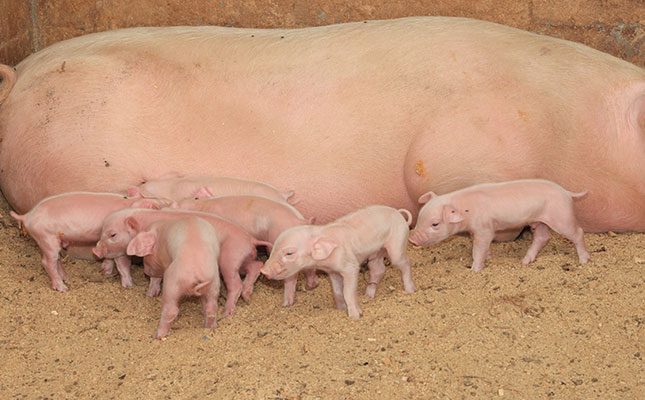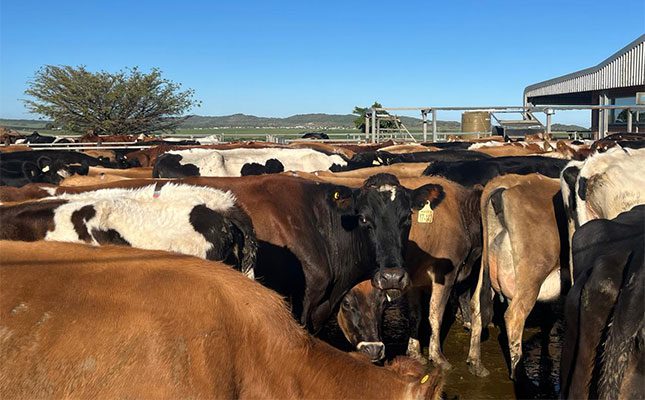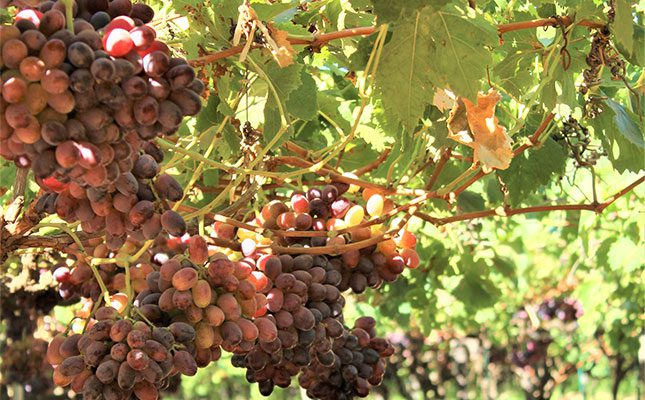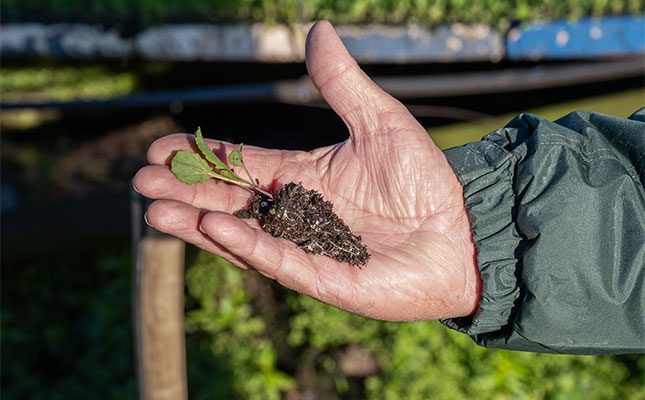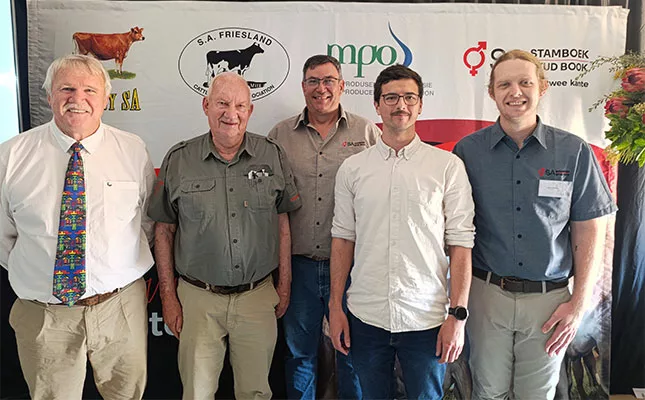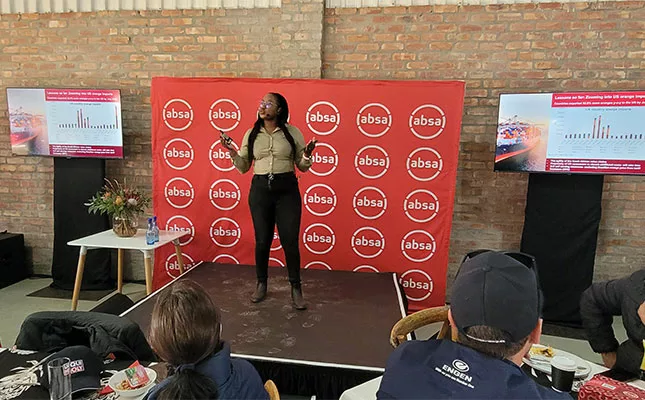
Photo: Lindi Botha
Speaking at the official launch of Spring Edition of the Absa AgriTrends report at Nampo Cape in Bredasdorp today, Absa agricultural economist Nkhensani Mashimbyi said since the start of the year, the global economic outlook has been clouded by concerns about intensifying trade restrictions.
“So far, the global economy is showing signs of resilience. For instance, in its latest World Economic Outlook Update published in July 2025, the International Monetary Fund upwardly revised its global growth forecasts for 2025 to 3,0% from 2,8%, and for 2026, to 3,1% from 3,0%.
“That said, this growth outlook is weaker than the 2024 growth outlook of 3,3%, which highlights the damaging effects of the trade tensions and heightened uncertainty,” she said.
Mashimbyi noted the effects of the ongoing global policy shifts were likely to play out over a long period of time, particularly given that a new equilibrium for global trade may take some time to emerge.
She was, however, optimistic over the agriculture sector’s growth prospects. “While we are desperately waiting for rain in the Southern Cape, the grain outlook remains positive. Lemon prices are recovering, as are those for macadamias. We had a good production season for table grapes, which was met with an opportunity for increased exports as a result of better operating ports.
“Opportunities in vegetables are looking positive, since Botswana’s reopening of its market to South Africa has created demand pull,” she explained.
“Beef profitability looks optimistic as maize prices decline, the FMD [foot-and-mouth disease] response is taking shape, and consumers find themselves in a better position to afford meat. Consumers, however, remain price sensitive to beef.”
The agriculture sector grew by 13,8% year-on-year (seasonally adjusted, annualised). Mashimbyi explained that poor summer crop conditions weighed on field crop performance, while the horticulture industry performed well on volume growth.
Good performance from the early citrus harvest also contributed to the growth, with the effect of FMD on growth delayed until the third quarter.
Mashimbyi cautioned that South Africa could not turn a blind eye to the importance of trade if it wanted to see better performance from the sector.
“Market access is an important dimension of growth, as local demand can only carry us so far. We need to deepen access and relationships to keep markets open. This extends to port operations as we need to be able to efficiently move products to global markets,” she explained.

